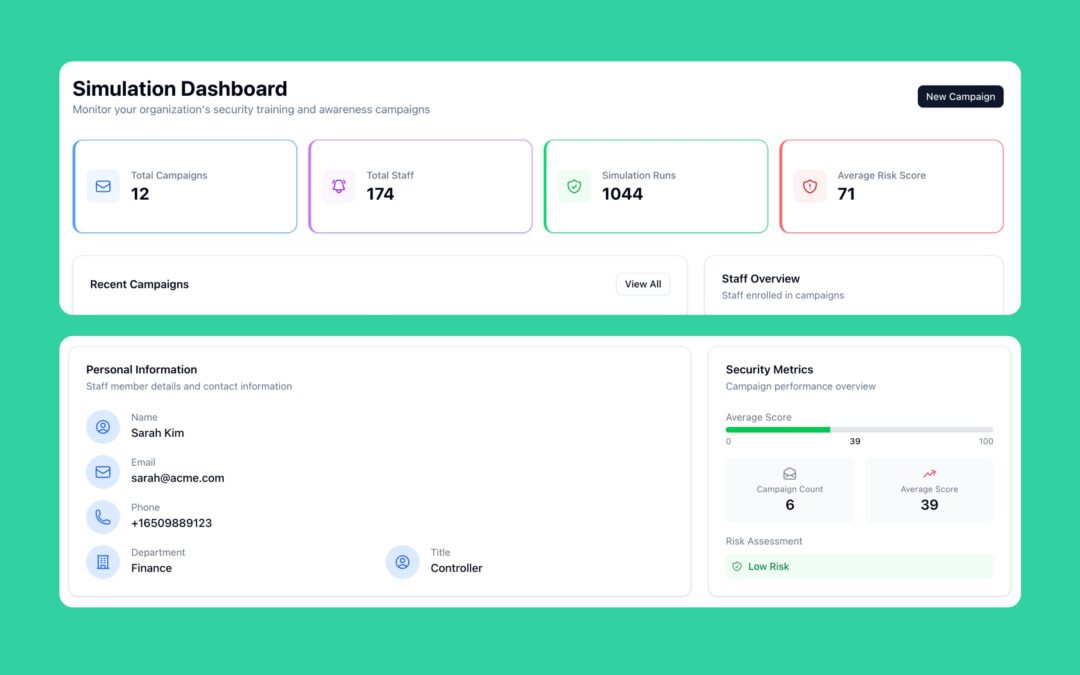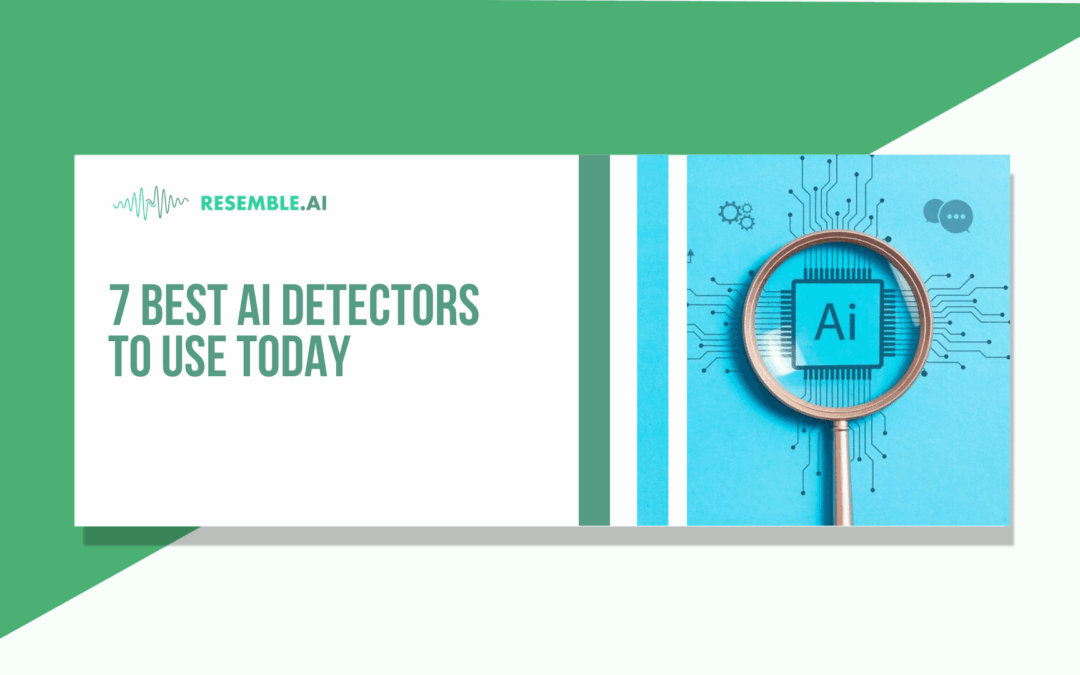Dubbing mixing is what makes your favorite movie sound just right, whether you’re watching a tense courtroom drama or an animated film dubbed in your native language. Ever noticed how the dialog still feels natural even when it’s translated? Or how background sounds don’t overpower the actors’ voices during a fast-paced car chase? That’s the result of careful dubbing mixing.
It’s what ensures a character’s voice doesn’t get lost in the music, or that a whispered line still lands with the same weight as a shout. From foreign films on Netflix to your go-to animated series, dubbing mixing is the behind-the-scenes process that makes it all sound believable, no matter what language you speak.
To understand how all these elements come together so smoothly, let’s take a closer look at what dubbing mixing actually involves in film and audio production.
What is Dubbing Mixing in Film and Audio Production?
Dubbing mixing is the process where all audio elements, dialog, background score, sound effects, and ambient sounds are carefully balanced and blended to create a final version that matches the visual content. This stage typically happens after the visual edit is locked, and it’s where audio engineers fine-tune levels, adjust timing, and ensure clarity so the viewer hears exactly what the scene needs, nothing more, nothing less.
Whether it’s replacing on-set audio with clean studio-recorded lines or syncing translated dialog for international releases, dubbing mixing ensures consistency and emotional impact. For teams working with AI-generated voices or localized content at scale, tools like Resemble AI can streamline this process by delivering high-quality voice outputs ready for mixing, helping post-production teams save time while maintaining creative control.
What Does a Dubbing Mixer Do?
A dubbing mixer, also known as a re-recording mixer, is responsible for blending all the audio elements of a film or TV production into a cohesive final soundtrack. This includes:
- Dialogue (including original and dubbed lines)
- Music (score and licensed tracks)
- Sound effects (foley, ambient, and designed effects)
Their job is to ensure that everything sounds balanced and emotionally impactful across different scenes and formats. They decide what the audience should hear and when, carefully adjusting levels, enhancing clarity, and maintaining continuity throughout.
In projects involving multiple languages, dubbing mixers also integrate voiceover tracks to match lip-sync, timing, and emotional tone, making tools like Resemble AI especially helpful in streamlining high-quality multilingual dubbing.
Also Read: AI Voices for Filmmakers: Enhance Movie Narration
Why Dubbing & Mixing Matter More Than Ever?
As content creation continues to evolve across formats, from cinematic films and streaming shows to immersive video games and branded experiences, audio is no longer an afterthought. It’s a creative asset that shapes how stories are felt, not just heard. And in a world where content crosses borders and screens instantly, the quality of dubbing and mixing can make or break the connection between creators and their audiences.
- Global Demand for Localized Content
Audiences now expect high-quality local language content across streaming platforms, games, and videos, making dubbing essential for cultural relevance and wider reach. - Quality Dubbing = Better Engagement
Poor dubbing or mismatched voice quality can distract viewers or players, reducing immersion and emotional connection to the content. - Consistent Audio Enhances User Experience
Professional mixing ensures seamless audio levels, balanced dialog, and synchronized sound effects, making the experience feel polished and believable. - Multilingual Access Drives Growth
Brands and creators can tap into new markets by offering content in multiple languages without compromising on audio fidelity or tone. - Audience Expectations Have Risen
With high-budget productions setting the bar, users now notice the quality of voice mixing and dubbing more than ever before, subpar audio can damage brand perception. - Remote Production Needs Streamlined Workflows
The rise of distributed teams and remote content creation calls for scalable dubbing and mixing tools that maintain consistency across languages and platforms. - Voice AI Has Changed the Game
With tools like Resemble AI, creators can now clone voices, apply emotional tones, and localize content at scale while maintaining studio-quality output.
How Resemble AI Enhances Dubbing Workflows
Resemble AI is a cutting-edge voice synthesis platform that transforms the way creators approach dubbing. Whether you’re re-recording lines for a film, creating localized versions of a game, or launching a multilingual ad campaign, Resemble makes high-quality dubbing more accessible and efficient.
1. Voice Cloning With Emotional Depth
Unlike traditional TTS tools, Resemble’s AI voice cloning technology captures not just the words but the tone, cadence, and emotional nuance of human speech. This is a game-changer for dubbing, where authenticity is everything.
A single voice can be trained with minimal input and used to produce hundreds of localized variations, maintaining consistency across scenes and markets.
2. Real-Time Speech-to-Speech (STS) Conversion
Sometimes, re-recording is not an option. Resemble’s speech-to-speech tool allows creators to transform spoken audio into another voice, live and in real-time. This helps speed up dubbing sessions, preserve original performances, and reduce studio hours.
3. Multilingual Text-to-Speech (TTS) for Global Reach
Resemble’s multilingual TTS lets you generate natural-sounding voices in 120 languages, perfect for localization projects. Need a French version of your English audio? You can generate it with contextual emotion and lip-sync-ready precision.
4. Ethical AI for Responsible Content Creation
As AI-generated voices become easier to produce, so do the risks. Resemble AI addresses these concerns with AI watermarking and deepfake detection, ensuring synthetic voices are used responsibly, an important consideration for content creators and studios working on global IPs.
Also Read: How to Get Started with Dubbing Setup
Use Case: Scaling Voice Content for a Game Launch
Imagine you’re launching a story-driven game with characters that speak in five different languages. Recording with native actors for each language can be logistically challenging and expensive. With Resemble AI, you can create high-quality dubbed voice lines from one original performance, clone it into multiple languages, and preserve the emotional integrity of the dialog.
This not only saves weeks of production time but also ensures your game’s audio feels unified, no matter which version players experience.
Conclusion
Dubbing mixing is more than just syncing voices—it’s about maintaining storytelling integrity across languages and platforms. And as the media industry pushes toward faster production cycles and wider global audiences, the need for smart, scalable audio solutions becomes clear.
Resemble AI empowers creators, developers, and production teams to deliver high-quality dubbing without compromising on speed, creativity, or control. With its voice cloning, TTS, and real-time voice conversion tools, Resemble bridges the gap between artistic intent and technical execution, giving your audio production the polish it deserves.
Ready to elevate your dubbing workflow? Whether you’re working in film, gaming, advertising, or immersive media, Resemble AI has the voice tech to help you scale faster and sound better. Start your voice cloning journey today with Resemble AI.
FAQs
Q1. What’s the difference between dubbing and mixing in audio production?
A1. Dubbing involves replacing or layering voices and sounds after the primary recording, often in a different language or cleaner format. Mixing is the process of balancing those elements (dialog, music, sound effects) into a final, cohesive audio track.
Q2. Why is dubbing mixing important in multilingual content production?
A2. It ensures that translated content sounds natural, emotionally aligned, and technically polished across languages. This is critical for global distribution, particularly in film, TV, and gaming, where authenticity matters.
Q3. Can AI be used to improve dubbing and mixing workflows?
A3. Yes. AI tools like Resemble AI can generate realistic, emotion-aware voiceovers using text-to-speech or speech-to-speech technology. This helps teams localize content faster while maintaining human-like quality, making post-production more efficient.
Q4. Is Resemble AI suitable for large-scale dubbing projects?
A4. Absolutely. Resemble AI’s platform supports multilingual voice synthesis, emotional delivery, and scalable customization, making it ideal for studios, game developers, and marketers handling high-volume dubbing work.
Q5. How does Resemble AI ensure ethical use of synthetic voices?
A5. Resemble AI uses AI watermarking and deepfake detection to promote responsible use. This helps prevent misuse and ensures that synthetic voices are created and deployed with transparency and accountability.
Q6. What industries benefit most from advanced dubbing and mixing tools?
A6. Entertainment, gaming, e-learning, and customer service are key industries where dubbing and mixing are integral. AI-powered tools like Resemble AI enable these sectors to localize content quickly and maintain a high-quality audio experience across markets.





